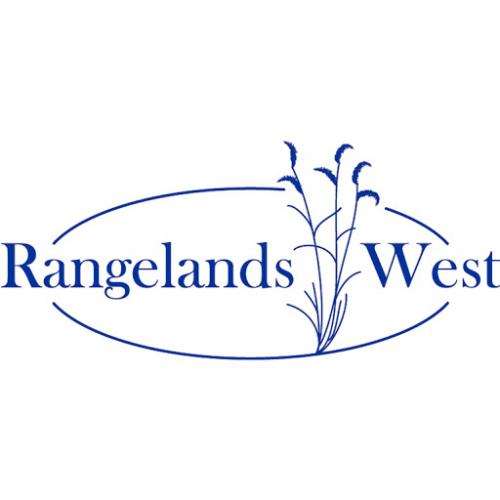Loss of open space occurs when forest and rangelands are divided into small isolated parcels, most commonly by subdivision and development. This conversion of forest and rangelands from rural to urban use increases landscape fragmentation and decreases ecosystem function. Loss of open space poses a threat to the health and sustainability of ecosystems, viability of natural resource-dependent communities, and character of rural, suburban, and urban communities. In recent speeches, the Forest Service Chief identified loss of open space as one of four threats to the nation’s forests and rangelands. The accelerated pace of subdivision and development of lands, both bordering national forests and on the fringe of communities, results in environmental, social, and economic impacts. These include reduced land base for forest products, limited outdoor recreation opportunities, and environmental services (benefits provided by a functioning ecosystem such as clean water and healthy vegetation). Loss of open space is increasingly important. Citizens are concerned about the accelerating pace of land-use changes surrounding their communities and want to preserve landscapes while creating liveable areas. The causes and effects of decreasing open space differ regionally across the country but the issue is critical to all communities- -rural, suburban, and urban.Â

Articles, citations, reports, websites, and multimedia resources focused on rangeland ecology, management, restoration, and other issues on American rangelands.